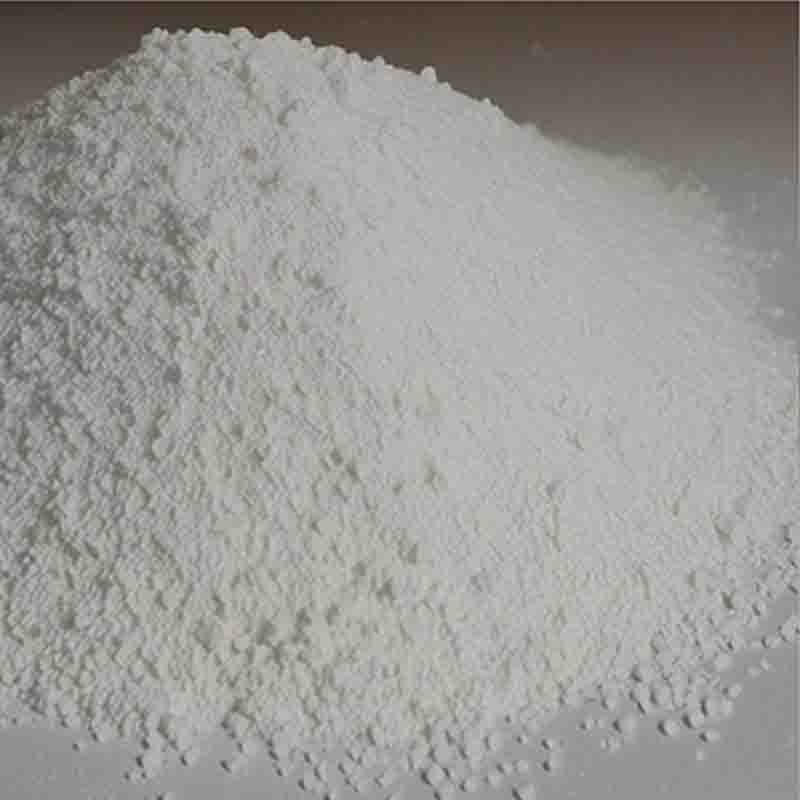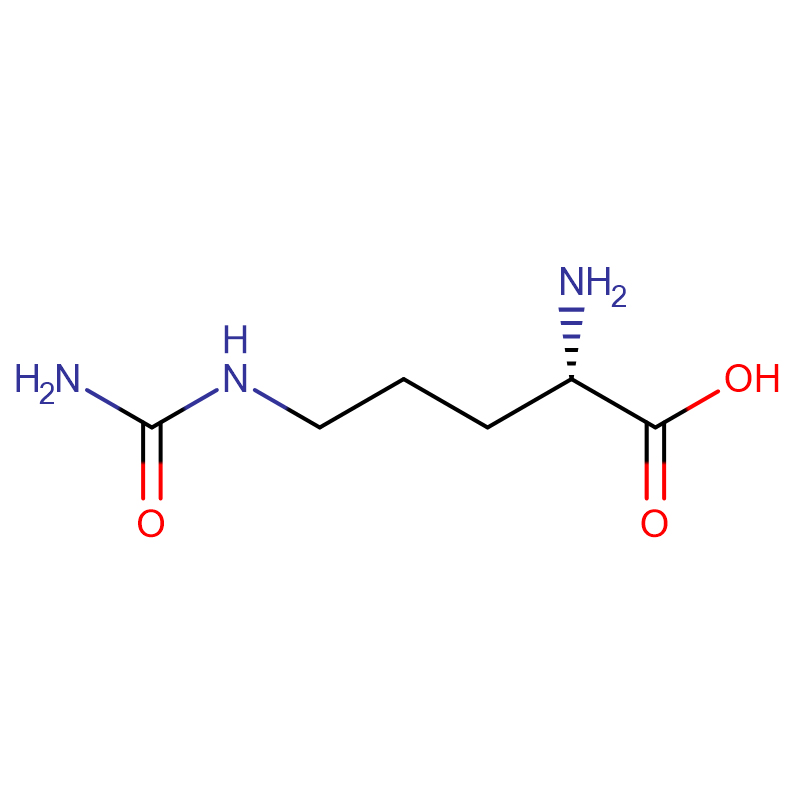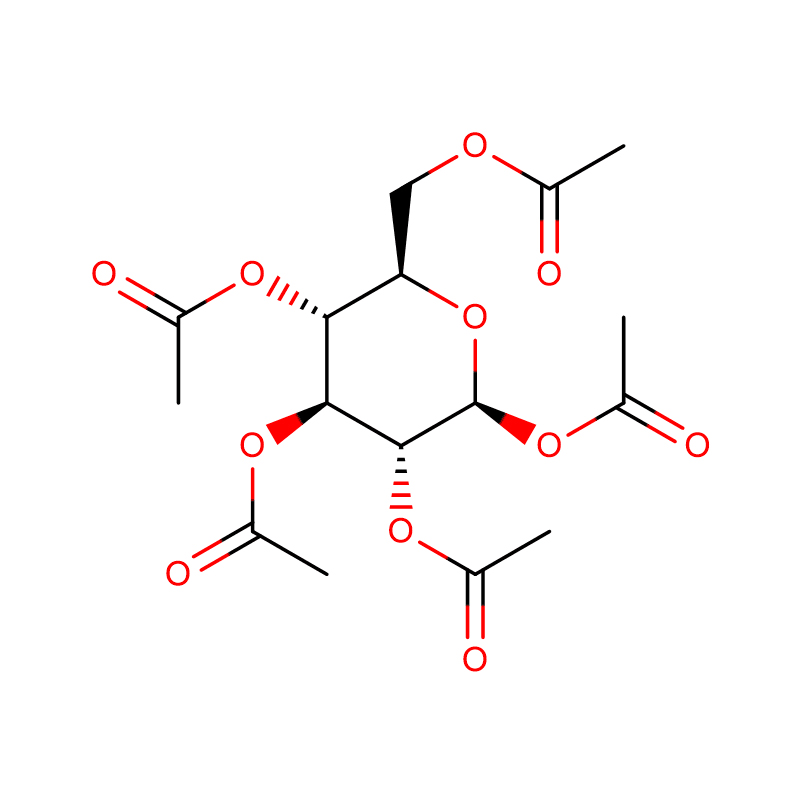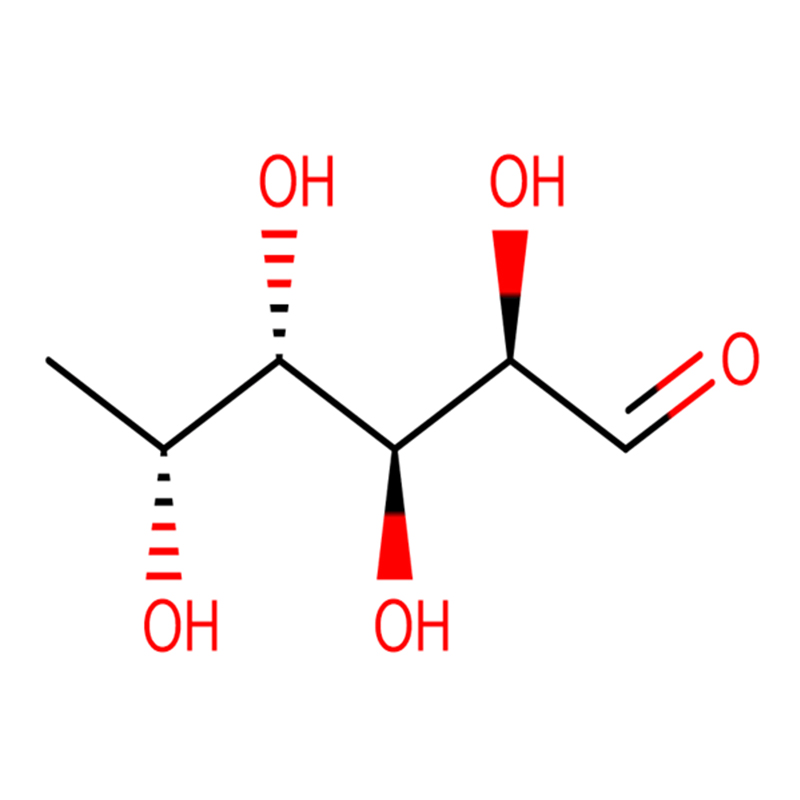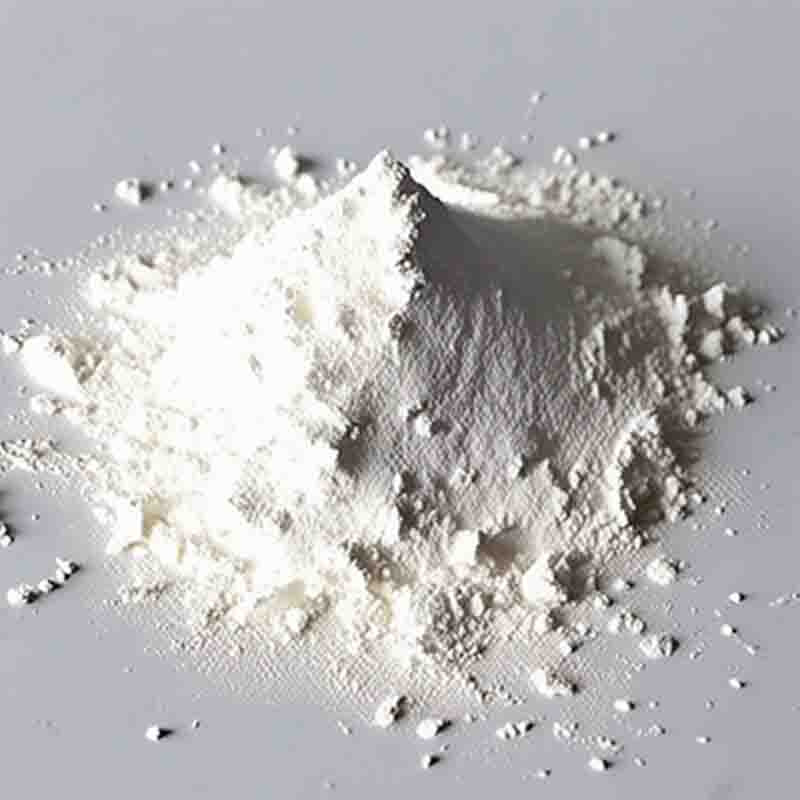(1S,2S)-(+)-N-p-tosyl-1,2-diphenylethylene diamine CAS: 167316-27-0
| Catalog Number | XD94228 |
| Product Name | (1S,2S)-(+)-N-p-tosyl-1,2-diphenylethylene diamine |
| CAS | 167316-27-0 |
| Molecular Formula | C21H22N2O2S |
| Molecular Weight | 366.48 |
| Storage Details | Ambient |
Product Specification
| Appearance | White powder |
| Assay | 99% min |
(1S,2S)-(+)-N-p-tosyl-1,2-diphenylethylene diamine is a chiral compound that is commonly used in various fields, including organic synthesis, pharmaceuticals, and materials science.One of the primary applications of (1S,2S)-(+)-N-p-tosyl-1,2-diphenylethylene diamine is its use as a chiral catalyst in asymmetric synthesis. Asymmetric synthesis is a technique used to obtain single enantiomers of chiral compounds, which is crucial in the production of pharmaceuticals and other fine chemicals. By utilizing (1S,2S)-(+)-N-p-tosyl-1,2-diphenylethylene diamine as a catalyst, chemists can selectively produce desired enantiomers with high efficiency. The chiral structure of this compound allows it to induce chirality in target molecules, leading to the formation of enantiopure products.Another important use of (1S,2S)-(+)-N-p-tosyl-1,2-diphenylethylene diamine is its role as a resolving agent. Resolution is a technique used to separate racemic mixtures, which contain equal amounts of both enantiomers, into their respective enantiomers. By reacting the racemic mixture with (1S,2S)-(+)-N-p-tosyl-1,2-diphenylethylene diamine, it forms diastereomeric salts, which can be easily separated due to their different physical properties. This process is particularly important in the production of enantiopure drugs, where having a single enantiomer significantly affects the drug's efficacy and safety.Furthermore, (1S,2S)-(+)-N-p-tosyl-1,2-diphenylethylene diamine is used as a chiral auxiliary in various synthetic transformations. Chiral auxiliaries are temporary modifications that allow for the introduction of chirality into organic molecules. By utilizing (1S,2S)-(+)-N-p-tosyl-1,2-diphenylethylene diamine as a chiral auxiliary, chemists can control the stereochemistry of reactions and efficiently access a wide range of chiral compounds. This compound's unique chiral structure enables the formation of enantiomerically pure products, which are essential in many pharmaceutical and agrochemical applications.Moreover, (1S,2S)-(+)-N-p-tosyl-1,2-diphenylethylene diamine finds use in the preparation of chiral ligands for catalysis and coordination complexes. These ligands play a crucial role in asymmetric catalysis, where they facilitate the transformation of prochiral substrates into chiral products with high selectivity. By incorporating (1S,2S)-(+)-N-p-tosyl-1,2-diphenylethylene diamine-based ligands into catalytic systems, chemists can promote specific reactions and control the stereochemistry of the products formed.In summary, (1S,2S)-(+)-N-p-tosyl-1,2-diphenylethylene diamine is a versatile chiral compound with numerous applications. Its use as a chiral catalyst, resolving agent, chiral auxiliary, and ligand makes it a valuable tool in asymmetric synthesis, resolution of racemic mixtures, and the production of enantiopure compounds. The unique chiral structure of (1S,2S)-(+)-N-p-tosyl-1,2-diphenylethylene diamine enables its efficient utilization in various chemical processes and plays a crucial role in the synthesis of chiral pharmaceuticals, agrochemicals, and other fine chemicals.


